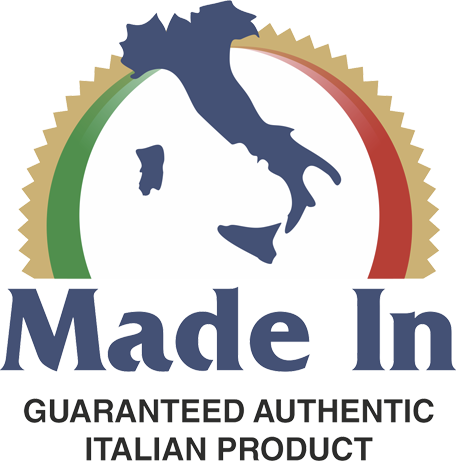
Italian cuisine is loved all over the world for its simplicity, authenticity and unmistakable taste. Unfortunately, the success of some Italian dishes has led to a widespread phenomenon: copying and forgery. In this article, we will explore the most copied Italian foods in the world, those that have gained international fame and have been the subject of imitations. We will discover why these foods are so desired and how we can preserve Italy’s culinary heritage.
Pizza:
Pizza is one of the most popular and imitated Italian dishes in the world. Its simple combination of bread, tomato, mozzarella and other tasty ingredients has won the palates of millions. However, the quality and authenticity of Neapolitan pizza, with its thin, crispy base, is often difficult to replicate.
Pasta:
Pasta is another Italian excellence that has suffered numerous imitations. Various pasta shapes, such as spaghetti, penne, linguine, and lasagna, have been adopted worldwide, but true Italian pasta is made with durum wheat semolina and produced according to traditional methods. The secret lies in the choice of quality ingredients and careful and precise processing.
Parmigiano Reggiano:
Parmigiano Reggiano is an Italian cheese renowned for its unique quality and flavor. Often imitated as “Parmesan” or “Parmesano,” real Parmigiano Reggiano is produced in specific regions of Italy, using traditional methods that require time and patience. Its production is strictly regulated to ensure authenticity and quality.
Prosciutto di Parma:
Prosciutto di Parma is one of Italy’s most famous cured meats. Its craftsmanship and delicate flavor make it a prized product. However, many imitations try to exploit its reputation. Authentic Prosciutto di Parma is produced only in the Parma region, using pigs of specific breeds and following a rigorous curing process.
Ice cream:
Italian ice cream is an art that requires skill and dedication. Its creaminess and authentic flavors are often difficult to replicate. Many “Italian” ice creams sold around the world do not reflect authentic Italian tradition. True Italian gelateria uses fresh, natural ingredients and follows artisanal production methods.
Preserving the Italian culinary heritage:
To preserve Italy’s culinary heritage and protect the most copied foods in the world, it is important to promote consumer education and awareness about the authenticity of Italian products. It is crucial to support protected designations of origin (PDOs) and protected geographical indications (PGIs), which ensure that Italian foods meet quality and origin standards.
In addition, the efforts of Italian and international authorities to combat counterfeiting and forgery must be strengthened. Awareness campaigns, strict controls, and collaboration among producers, institutions, and consumers can help protect the authenticity of Italian food.
Conclusions:
The most copied Italian foods in the world represent a culinary treasure that deserves to be preserved. From pizza to pasta, from Parmigiano Reggiano to gelato, Italy has given the world a rich gastronomic legacy. It is our duty as consumers, producers and food lovers to defend the authenticity of these foods, seeking to know and appreciate their origins and supporting authentic Italian products. Only in this way can we continue to enjoy the true culinary excellence of Italy.


